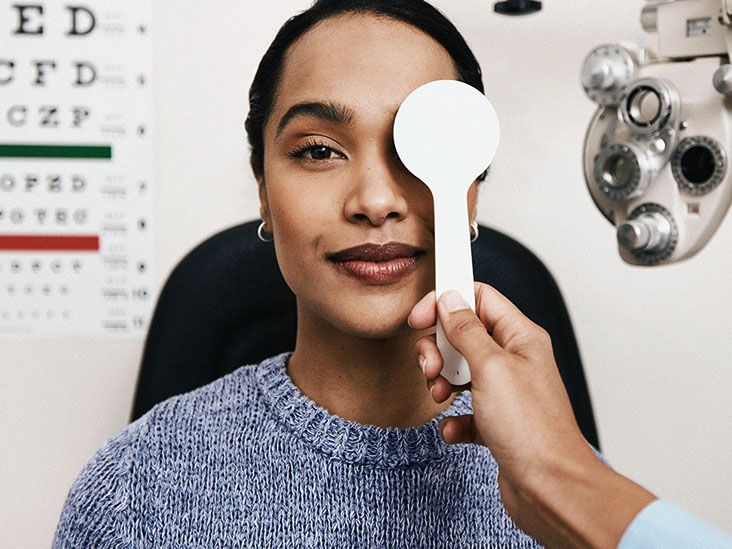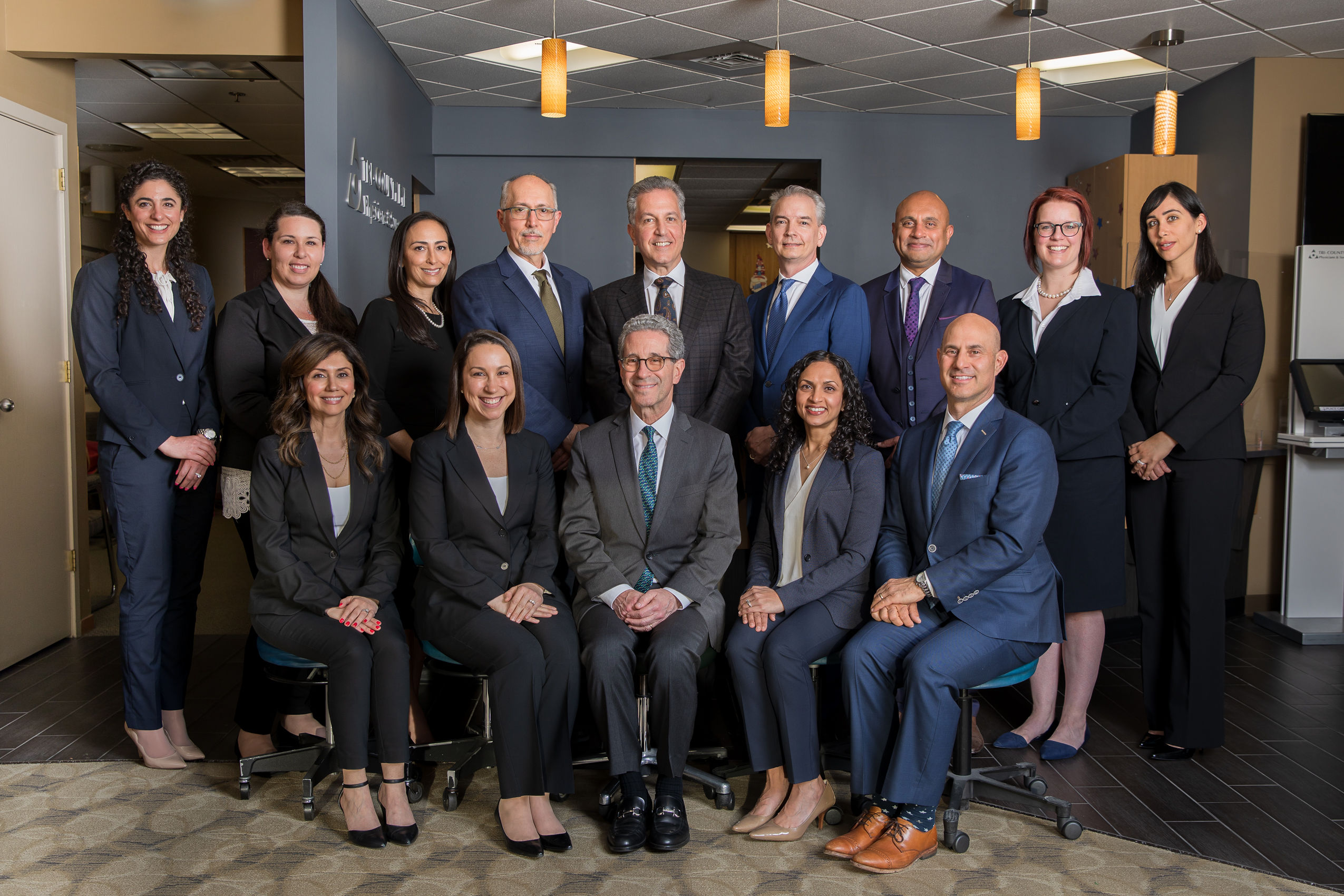Comprehending the Different Vision Adjustment Procedures Available for Clearer Sight
In the realm of vision modification treatments, a wide variety of alternatives exist to attend to refractive errors and provide people with more clear view. Allow's explore the complexities of these procedures and shed light on the path to accomplishing improved vision clearness (Neurologist Andalusia).
LASIK Surgery
LASIK surgery is a typical refractive treatment used to correct vision problems such as astigmatism, nearsightedness, and farsightedness. This surgical strategy, which stands for Laser-Assisted in Situ Keratomileusis, intends to reshape the cornea to improve how light is focused on the retina, inevitably improving vision quality. During the procedure, a thin flap is produced on the cornea, and a laser is used to remove precise quantities of cells to reshape it appropriately. This improving allows for light to be properly concentrated onto the retina, remedying refractive mistakes.
Among the main advantages of LASIK surgery is the rapid improvement in vision experienced by people. Many people observe a significant improvement in their sight promptly after the procedure. Additionally, the majority of individuals report minimal pain and discomfort during the surgical treatment and recuperation period. The recuperation time for LASIK is relatively quick, with lots of individuals going back to their everyday tasks within a day or 2 post-operation. Generally, LASIK surgical treatment is a preferred option for people seeking a long-term option for their vision problems.
PRK Procedure

PRK is an ideal option for individuals with slim corneas or those at a higher danger of eye injuries, as it does not involve creating a corneal flap. The healing process for PRK is slightly longer contrasted to LASIK, as the epithelium requires time to restore. Patients might experience discomfort and blurry vision for a few days following the treatment.
Despite the longer recuperation time, PRK can generate superb results in vision renovation, making it a useful choice for those who may not appropriate prospects for LASIK surgical procedure. - Cardiologist Andalusia
Implantable Lenses
Unlike PRK where the cornea is improved directly, implantable lenses offer another method for remedying vision by putting synthetic lenses inside the eye. This procedure is especially useful for individuals with high degrees of nearsightedness, astigmatism, or farsightedness that may not appropriate prospects for laser surgeries like LASIK or PRK.
Implantable lenses, also known as phakic intraocular lenses, job by supplementing the eye's natural lens with an artificial one. These lenses can be placed before the all-natural lens (anterior chamber) or behind the iris and in front of the all-natural lens (posterior chamber) By changing the power and positioning of these lenses, eye doctors can efficiently deal with refractive errors and boost aesthetic acuity.
One advantage of implantable lenses is that they are exchangeable and removable, supplying flexibility for future changes. However, just like any kind of operation, there are dangers involved, such as infection or cataract formation. Patients considering implantable lenses must seek advice from an eye treatment professional to determine the most appropriate alternative based on their individual needs and eye health and wellness.
Corneal Rings

The treatment for putting corneal rings is minimally invasive and fairly quick, frequently carried out as an outpatient procedure. During the surgical treatment, the eye doctor makes a little laceration in the cornea and inserts the rings at a certain deepness. When in position, the rings help to reshape the cornea, offering a smoother surface area for light to get in the eye, which can cause more clear vision.
Corneal rings are taken into consideration a reversible procedure, as they can be eliminated or changed if essential. While they might not completely eliminate the requirement for glasses or call lenses, corneal rings can dramatically improve vision quality and overall visual convenience for individuals with keratoconus or various other corneal abnormalities.
Refractive Lens Exchange
Following the adjustment of corneal abnormalities with treatments like corneal rings, another vision correction strategy that can deal with refractive errors is Refractive Lens Exchange (RLE) RLE is a surgical procedure that includes replacing the eye's natural lens with a synthetic intraocular lens (IOL) to remedy refractive errors such as farsightedness, presbyopia, and nearsightedness. This procedure is specifically useful for individuals who might not appropriate prospects for treatments like LASIK or PRK due to factors such as slim corneas or high refractive errors.
RLE belongs to cataract surgical anonymous procedure, as both include removing the eye's all-natural lens; however, in RLE, the lens is clear, not cloudy as in cataracts. The artificial lens implanted during RLE can be customized to resolve the person's details refractive mistake, supplying clear vision at different ranges. Healing time for RLE is fairly fast, and patients can anticipate improved vision right after the treatment. Similar to any procedure, potential dangers and problems exist, so a complete consultation with an eye treatment expert is necessary to establish if RLE is the ideal vision improvement alternative.
Verdict

In the world of vision correction treatments, a wide range of choices exist to address refractive mistakes and provide people with more clear view.LASIK surgical procedure is a typical refractive treatment used to correct vision issues such as astigmatism, nearsightedness, and farsightedness.While likewise a common refractive procedure, the PRK (Photorefractive Keratectomy) method differs from LASIK surgical treatment in its approach to fixing vision troubles.Following the adjustment of corneal abnormalities with treatments like corneal rings, one more vision modification strategy that can attend to refractive errors is Refractive Lens Exchange (RLE) LASIK surgical additional info procedure, PRK procedure, implantable lenses, corneal rings, and refractive lens exchange are all choices that can deal with various vision concerns.